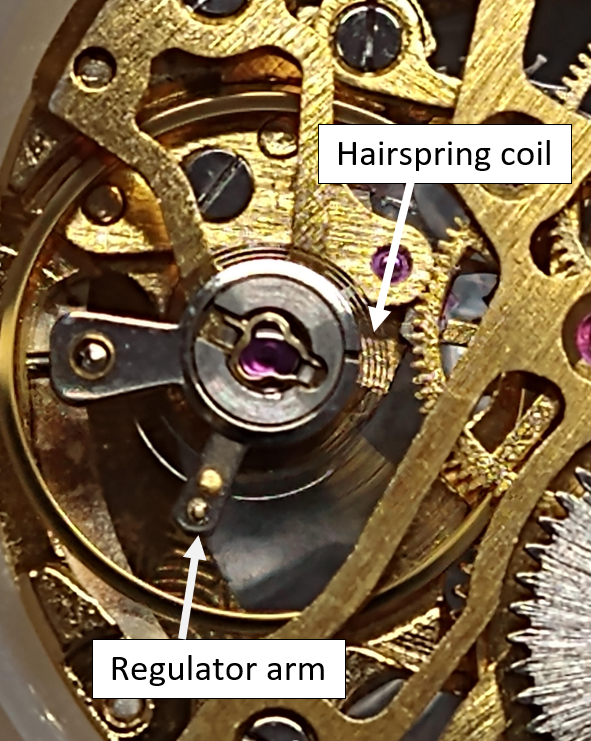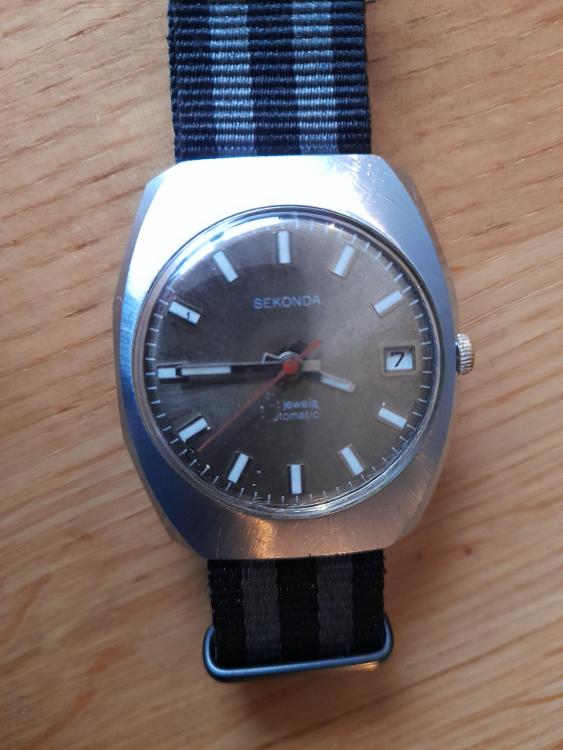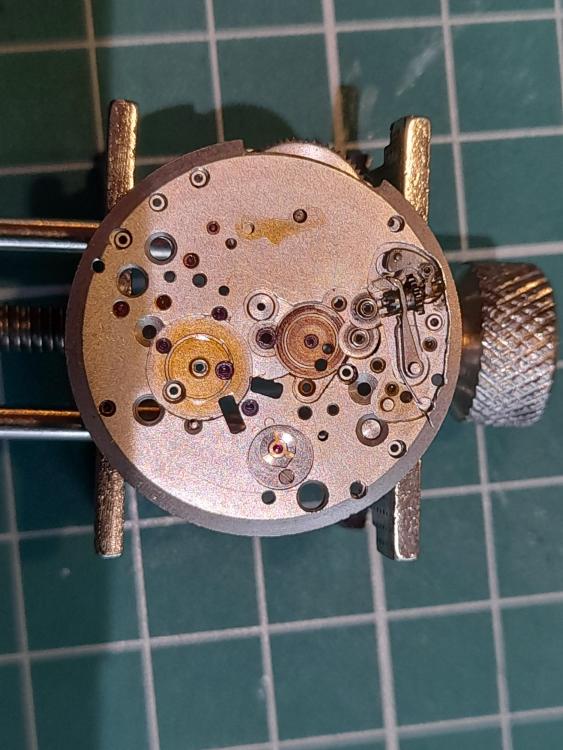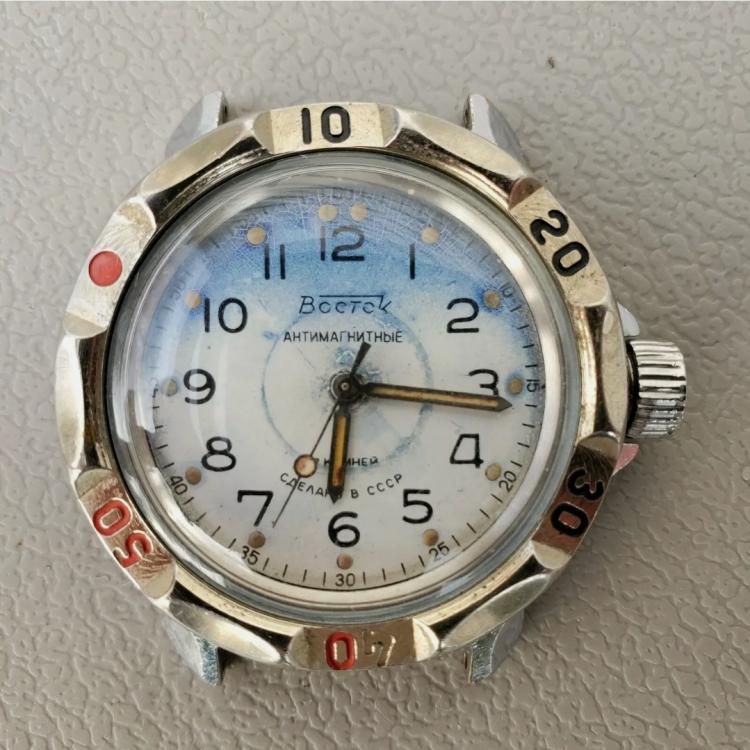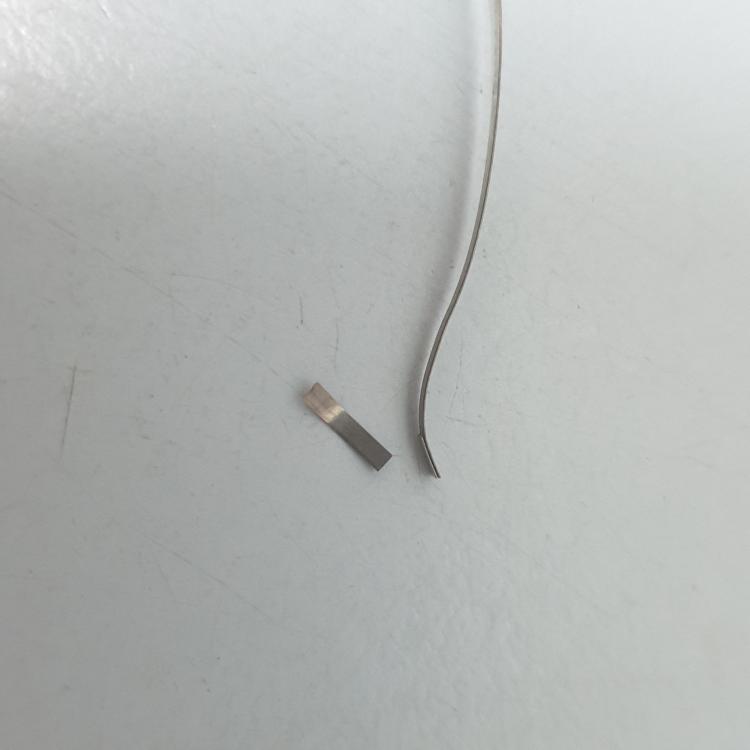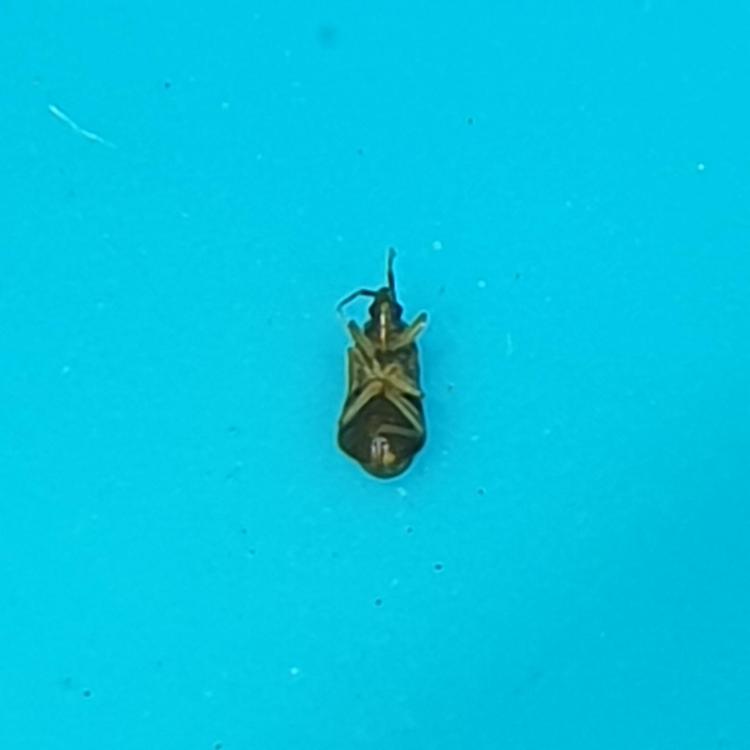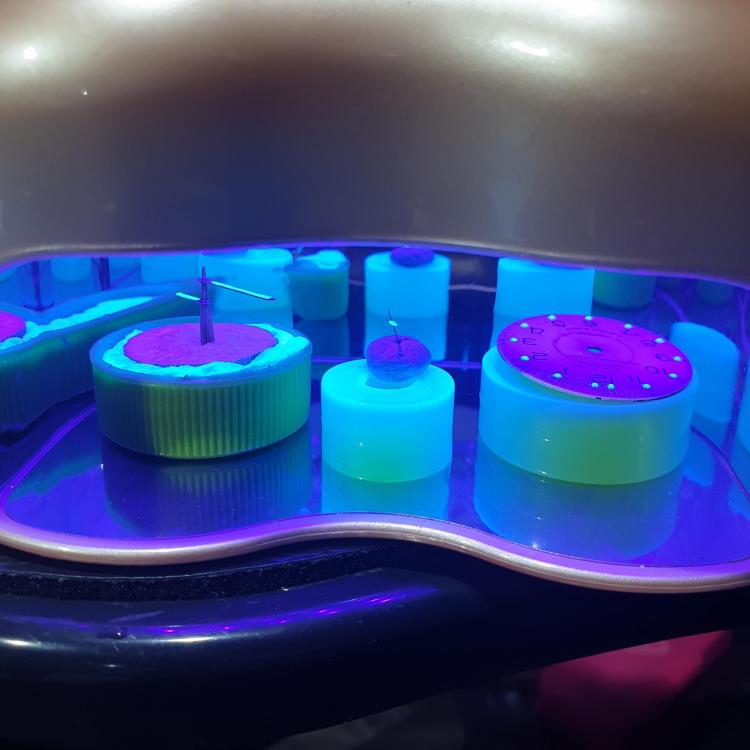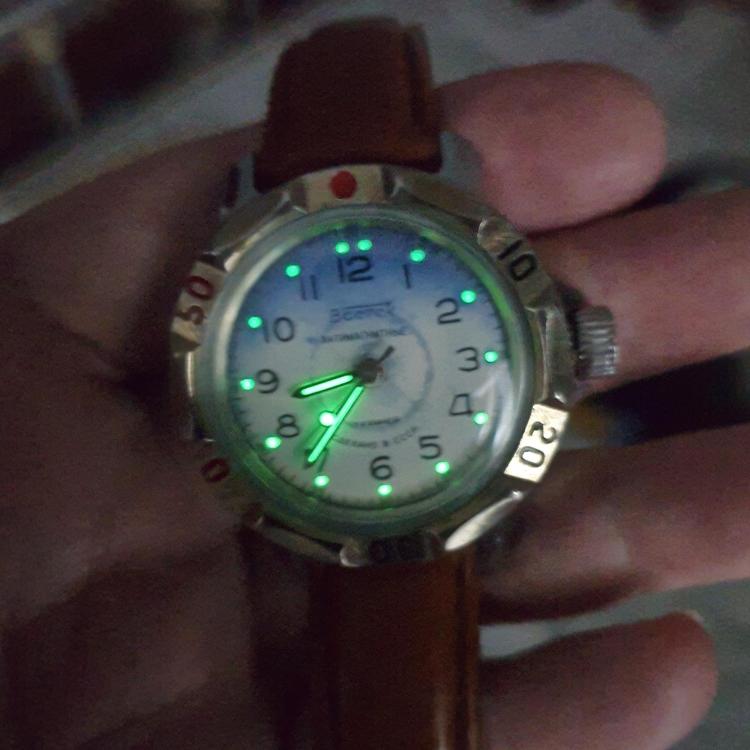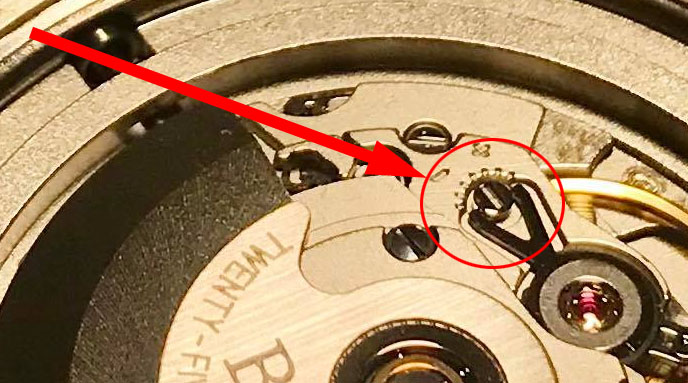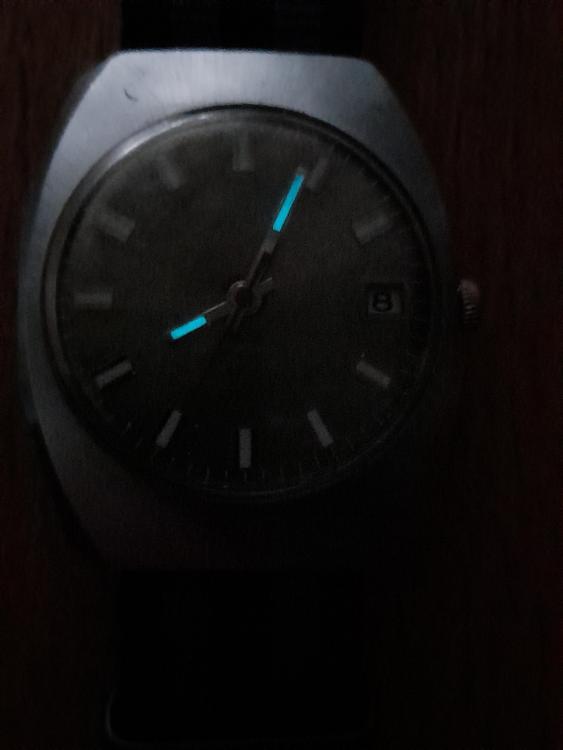Leaderboard
Popular Content
Showing content with the highest reputation on 03/09/21 in all areas
-
2 points
-
I would advise a dust mask when grinding it, it is pretty abrasive stuff, so you don't want to be getting too much of it in your lungs. The same applies to pretty much any ceramics. Actually if in doubt, when grinding stuff, any stuff, wear a mask.2 points
-
All true, but I am not sure what you try to say. Keep away from calculation - look up docs or surrender? Try and error until hopefully successful? Mainspring calculation helps when no lists or docs are available. It proposes dimensions that will work, even for unexperienced beginners. Needed starting points are 1) barrel diameter and 2) spring thickness. Sole task of calculation is: find the optimal spring length that gives the most revolutions of the barrel. Fine tuning (of thickness) is where knowledge and experience come into play! Rules and equations are found in many watchmaking textbooks. You can calculate afoot or cast these rules into an app like above. Frank2 points
-
Thought I'd share another triumph, for me anyway. I'm still new to this game and don't have a dedicated work space and only functional tools. Picked up this 1970's "30" jewelled automatic wonder just before Christmas. It wasn't without issues. In it's past someone had poured a load of oil into it (smelt a bit on opening) and it took a while to clean it all by hand, soaking this and pegging that. I was lucky enough to find parts which proved invaluable and educational. I even plucked up courage and practised removal and lubricating shock jewels which was a first for me, still have a healthy respect of them though Replaced the double toothed hour wheel, missing three teeth. Date wheel, ruined by the old oil. Rotor as the brass bushing was too worn, and it sounded like a bag of spanners, now it's gloriously silent. It then turned into a labour of love as I even had a go at the hands. After much deliberation I applied lume by way of my own improvement, they were originally painted white but the oil had affected these to the point the paint had dissolved. It's now my favourite watch, it's been running really well for over a month now and keeping great time, so I must have done something right. Anyway I thought I'd share it, as perhaps what can be achieved at the dining table with determination.1 point
-
That's very kind of you to say VWatchie. It's been getting a lot of use, partly to monitor my handy work and I'm pleased to say it's still running. You're right it is a Poljot 2616. So many jewels, so much oiling practice. I found it great to work on. Hoping to have another ready to show off at some point in the future.1 point
-
Your regulator arm is back at the starting point with every 360degree turn of the micro-adjustor screw. The right position is where you get a good micro-adjustment.1 point
-
I just completed this project yesterday. I got it from ebay as a non runner. It had so many problems that I not sure which one finally did it in. The tail of the mainspring had broken off. I spot welded it back. The minute hand could move but not the hour hand. I found that the cannon pinion was not pressed all the way in. The movement was filthy. There was oil everywhere. And look what I found under the mainspring barrel. A Russian spy bug! The cleaning and oiling was straightforward. But the hairspring was so greasy that I had to rinse it 3 times. I relumed the dial and I am quite pleased with the outcome.1 point
-
What he said. The screw is an eccentric, so all you did was waggle the adjustment lever back and forth across its full range. It shouldn't be able to do any damage within that range (I've never tested it, just making an assumption on the engineers' part). I believe the eccentricity is such that it can be closer or further away from the indicating notches on the plate (180° out of phase); you'll want it closer to the notches so as to maximize the utility of said notches and to keep the adjustment as fine as possible. Adjust it correctly, and you'll be in business. I was able to get my lowest spec ETA 2824-2 dialed in to about a quarter second a day, it's way past due for a service, and I'm a relative novice. So aim high.1 point
-
1 point
-
Well, that's a really nice watch! Congrats and well done! ? Do you happen to know what calibre is in there? I would suspect a Poljot calibre 2616.1H. No other Poljot has that many jewels so possibly their most lavish automatic.1 point
-
Hi Check that the balance spring is clean and non of the coils are sticking, oil/dirt and are flowing correctly. where is the regulator sitting at the moment, Pictures of the movement would be helpful. The fact its still running is a plus and no serious damage has been done, but you may have inadvertantly got some dirt in watch.1 point
-
A clear picture of hairspring coil is needed, not even John can see this coil.? its dark. Moving regulator arm so to increase the active length of hairspring, slows the rate.1 point
-
Welcome to the forum Stewart, feel free to ask any questions. Make sure you post photos of your pocket watche when you ask for advice about it.1 point
-
While that is a true statement that there are plenty of pictures online they are worthless for what we need. We need a picture centered above the balance wheel on the back side. Then another decent picture of just the entire movement on the back side.1 point
-
I used a lume powder from Aliexpress mixed with Bergeon lume powder. I think the Chinese lume powder glows brighter and lasts longer, but the grains are very coarse. I had to grind it in a mortar and pestle and seive it to get a finer powder. I mix my lume powder in UV nail polish. I used a light orange luminous nail varnish to give it an "aged" look.1 point
-
Sorry to say if you don't know how to let it down I don't think you should undertake such a task. I will tell you but if anything goes wrong it will cost you a great sum of money. Patek Philippe service charge is about £500 You remove the auto then let the mainspring down as our friend nickelsilver said from the hole next to the last P.1 point
-
"Dark" Netflix Originally German, dubbed well enough in English. A watchmaker and watchworks-like device play a central role (though almost ruinously implausible in my opinion, even for the genre). You MUST pay close attention, because there are lots of twists and turns, multiple chronological settings with different actors cast (with more or less success) as the same characters at different ages. I'm about 2/3rds of the way through what's currently available (not sure if it stops at 3 seasons, or is ongoing), but the plot is a bit of a gordian knot. My wife is super into it. It's difficult for me to get really into TV shows, but I'm committed enough to keep going (this is high praise if you know me at all). "The Expanse" Prime Fantastic SciFi opera. They pay attention to the physics they must, and ignore what the genre insists they must include but don't yet have an answer for (this is something that can sour me a bit if not at least somewhat believable). The first season or two does a little genre blending a la Firefly, and it's well done. There are three main thematic sections across five seasons, the second of which may represent some shark jumping if they don't bring it back (the theme is absent in the third section, currently in production); I suspect they will. George R.R. Martin is a fan, and said it's how the SciFi genre was meant to be. I have yet to watch Game of Thrones, but I'm given to understand that is high praise.1 point
-
That's odd. This would have a Nivarox hairspring which while still somewhat magnetic should be impervious as far as timekeeping and also coils sticking. Sounds like you have something on there, try clean acetone. I'm guessing you don't have a magnetism detector! And hopefully this is your own watch?1 point
-
Not necessarily. I normally listen to music at moderate volume and the reading is not affected, neither is by talking. But if I drop a driver on the bench where the stand is, it draws some points off. It is sensitive and selective at the same time.1 point
-
http://demonstrations.wolfram.com/TheGrahamClockEscapement/ the attached link and video will help in understanding, I found it a bit confusing until Chap 6 super imposed the two.1 point
-
1 point
-
Hi Joe! I don't know the actual regulations (legal or whatever) surrounding the number of adjustments. What I do know is the U.S. imposed tariffs on foreign watches that were adjusted, to protect the domestic market. So now when I get a beautiful Lecoultre on the bench marked unadjusted and then unfailingly with a cryptic 3 letter code on a bridge, it was intended for the U.S. market. I believe some makers just marked everything unadjusted as a simplifying measure for this reason. Marking a movement as adjusted in any way just knocked out a major market. High grade pieces from early last century were labor intensive and expensive. So a really high grade piece would say "a bunch" of adjustments, a little lower fewer adjustments, then a high quality piece that was a cut above commercial quality would just say "adjusted". There's surely more to the story but that's the gist. As an Oris fan I'm sure you've seen that some pretty pedestrian pin lever watches were quite capable of hitting a 20-30 second delta. I've done jlc movements for a major manufacturer that required 20 hours of nerve wracking skull sweat to break 30. These were marked adjusted (just that or to some number) quite often. Ok these are often extra small and/or ultra flat pieces*, but just goes to show that that word , "adjusted", doesn't necessarily mean that much. * there were different guidelines for different sizes. Obviously a 30mm movement will be easier to regulate than one that's 5x7 ligne.1 point
-
Total arc of swing from extreme clockwise point to extreme anti-clockwise point is double the amplitude. So a swing of 540 degrees is an amplitude of 270 degrees.1 point



